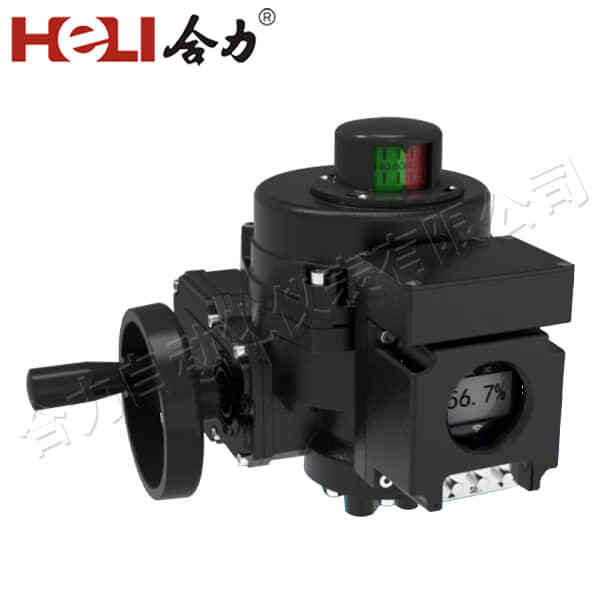Electrical installation plays a crucial role in the modern world by providing the necessary power and infrastructure for homes, businesses, and industries. As electricity is the backbone of almost all modern technologies, proper installation and safety protocols are essential to ensure the safety, reliability, and efficiency of electrical systems. This article explores the various aspects of electrical installation, including design, installation, safety measures, and testing, to provide a comprehensive understanding of this vital process.

1. The Importance of Electrical Installation

Electrical installation refers to the process of setting up an electrical system within a building, structure, or facility. It involves wiring, electrical connections, circuit breakers, outlets, and lighting systems. The primary goal of electrical installation is to provide an organized, safe, and efficient power supply to various devices and systems within a space. Proper electrical installation ensures that energy is distributed safely and minimizes the risk of electrical faults, which can lead to electrical fires, equipment damage, or even electrical shock. 2. Planning and Design Before any installation work can begin, a thorough planning and design phase is essential. A qualified electrical engineer or contractor must assess the building’s electrical needs and create a detailed electrical plan. This plan outlines the location of outlets, switches, lighting fixtures, circuit breakers, and the main electrical panel. It also takes into account the power requirements of different devices, ensuring that the electrical system is capable of handling the expected load.
